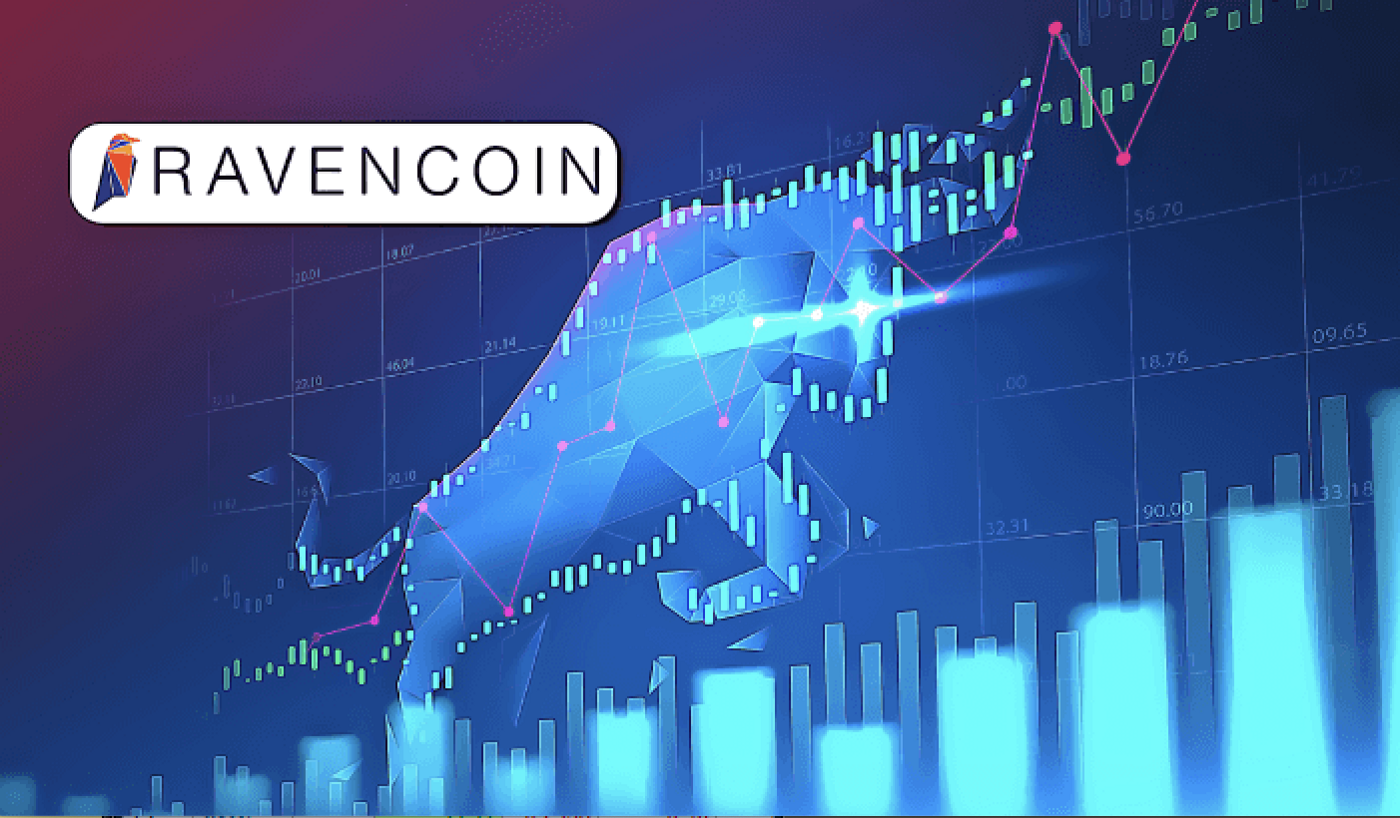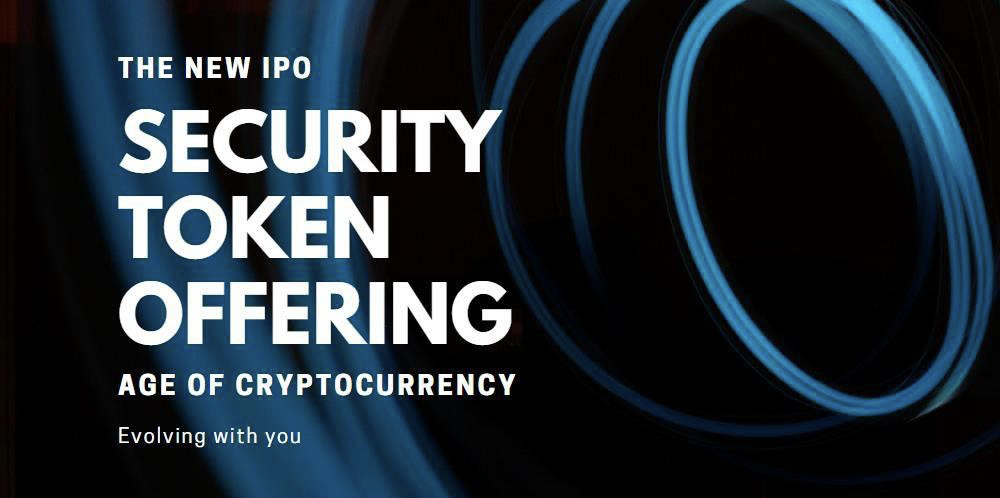Hello and happy Tuesday! As the summer months are winding down, the changing seasons have brought a whirlwind of shockwaves to the blockchain world. Whether it is El Salvador accepting Bitcoin as legal tender, the SEC threatening to sue Coinbase over its Lend program, China issuing its weekly (or at least it feels that way!) ban on cryptocurrencies in the country, or uncertainty originating from a host of challenges foreign and aborad, market volatility has been overly-abundant. A silver lining from all of this is that alt-coins with more robust fundamentals and better price action have been able to hold key support levels, whereas weaker, less utilized projects have begun to fall through the cracks.
While it can be hard to keep up with all of the mayhem, there is one asset that is worth remembering: Ravencoin.
As discussed in a previous Token Tuesday, which can be found here, the Ravencoin (RVN) protocol was born thanks to businessman Bruce Fenton and developer Tron Black. The protocol was designed to facilitate the creation and transfer of tokens representing real-world assets such as securities, collectibles, gold, event tickets, or even airline miles. It was launched as an open-source fork of Bitcoin’s codebase, meaning the developers copied and amended Bitcoin’s code to provide additional features targeting different goals.
Being a Proof-of-Work (PoW) blockchain, RVN enables a quick and efficient issuance of assets, a possible advantage over Ethereum’s Proof-of-Stake (PoS) protocol. These issued tokens have many uses, including security tokens, real-time asset transfer transactions, and non-fungible tokens (NFT).
Representing a shift from traditional chains to a security token-centric approach, Ravencoin provides a compliant enterprise-grade security token issuance solution for firms seeking more out of their blockchain. Designed for use by corporate clients, the Ravencoin developers entered the market with one goal: solve the challenges that arise from using today’s token issuance platforms. With a few key features, Ravencoin aims to solve many of these problems the developers were facing.
Ravencoin has set itself apart with its technological advancements and innovation, but if you have been exploring cryptocurrencies on social media, there is a key differentiator: the community. You will be hard-pressed to find a more passionate, knowledgeable, and goal-driven group of investors than those involved in the Ravencoin Project. One reason may be due to the structure of the coin. While backed by Medici Ventures, a subsidiary of Overstock, there was no pre-sale or ICO, meaning no tokens were given to advisors, staff, developers, board members, or anyone else. Leaving the project with a democratic backbone helped launch the Ravencoin Foundation in 2020, two years after the initial token launch. This ensured that the project became a fully community-driven project independent of Medici Venture’s control.
When communities have more control over an asset they believe in, something pretty cool happens: masses recognize the potential that’s possible.
There are few better to hear from than someone on the frontlines of Ravencoin’s community. I asked Leon (known on Twitter as @Leon_Texas), an investor and very well respected voice for Ravencoin, why Ravencoin would be able to sustain near-term market instability and what he thought was most appealing about the fundamentals of RVN. He had this to say:
I don’t know if there’s a project out there that is immune to short-term instability. As hard as it is to do, you have to think macro and ignore short-term noise with projects you believe in.
Ravencoin offers next-gen real-world features that are needed on a global scale. If only one region adopts Ravencoin, it will be a home-run for $RVN, but there is no doubt that this adoption will spread much further than that. Capabilities not even fathomed will soon be possible through Ravencoin’s protocol.
One of the most underrated features of Ravencoin is its community. Fortune 100 companies can’t replicate this passion that our growing community displays daily. Individuals spend their money traveling the world to talk to make leaders aware of the possibilities with Ravencoin and thousands more are contributing in their own way. In a world where individual freedom is diminishing, Ravencoin is truly decentralized. There’s nobody to ask for approval as it is free code given away for anyone to use or build on. It’s refreshing to be part of a blockchain that is truly free. The biggest obstacle to Ravencoin today is ourselves. The moon is the limit.
It is safe to say that Leon represents many in the community when he speaks to why he believes Ravencoin will succeed far into the future.
Whether representing real-world assets in the form of security tokens, as Chainstone Labs did, real estate, gold, or being used to create NFTs using a RVN platform, the opportunities are endless.
While trading at a market cap of ~$950 million, RVN is by no means breaking any records… yet. There is no doubt that if the use cases continue to increase, the community keeps growing, and protocol keeps evolving, Leon is right, the moon is the limit.
___________________________________________________________________
Thank you for reading this edition of Token Tuesday! If you have any questions or feedback, please reach out to [email protected].
See you next week! 👋
Written and published by Samuel J. Sachs. Follow me on Twitter.
Everything in this report is for informational purposes. Nothing in this report should be taken as financial advice or as an inducement to purchase or sell any security. Nothing in this market report should be used as legal advice. Always do your own research before making any decisions regarding financial transactions of securities.






